The tranquil beauty of island ecosystems across our planet masks a disturbing reality – birds unique to these isolated havens are vanishing at unprecedented rates. From the lush forests of Hawaii to the remote atolls of the Pacific, island bird species are facing an extinction crisis that outpaces mainland bird decline by alarming margins. These specialized avian populations, having evolved in isolation over millennia, now find themselves particularly vulnerable to modern threats. Their disappearance represents not just a loss of biodiversity but the unraveling of delicate ecological networks that have developed over countless generations. Understanding the scope and causes of this crisis is essential if we hope to prevent what could become one of the most significant biodiversity losses of our time.
The Unique Vulnerability of Island Birds

Island birds have evolved in relative isolation, often developing specialized traits that make them uniquely suited to their specific environments but ill-equipped to face new challenges. Many island species have lost their ability to recognize or defend against predators, having evolved in environments where natural predators were scarce or absent. Their geographic isolation has also led to limited genetic diversity within populations, reducing their adaptive capacity in the face of environmental changes. Additionally, many island birds have developed specialized feeding or nesting behaviors tied to specific native plants or habitats, creating dependence relationships that leave them vulnerable when these ecosystems are disrupted. These evolutionary characteristics, while remarkable adaptations to stable island environments, have become liabilities in our rapidly changing world.
Alarming Statistics on Island Bird Extinction
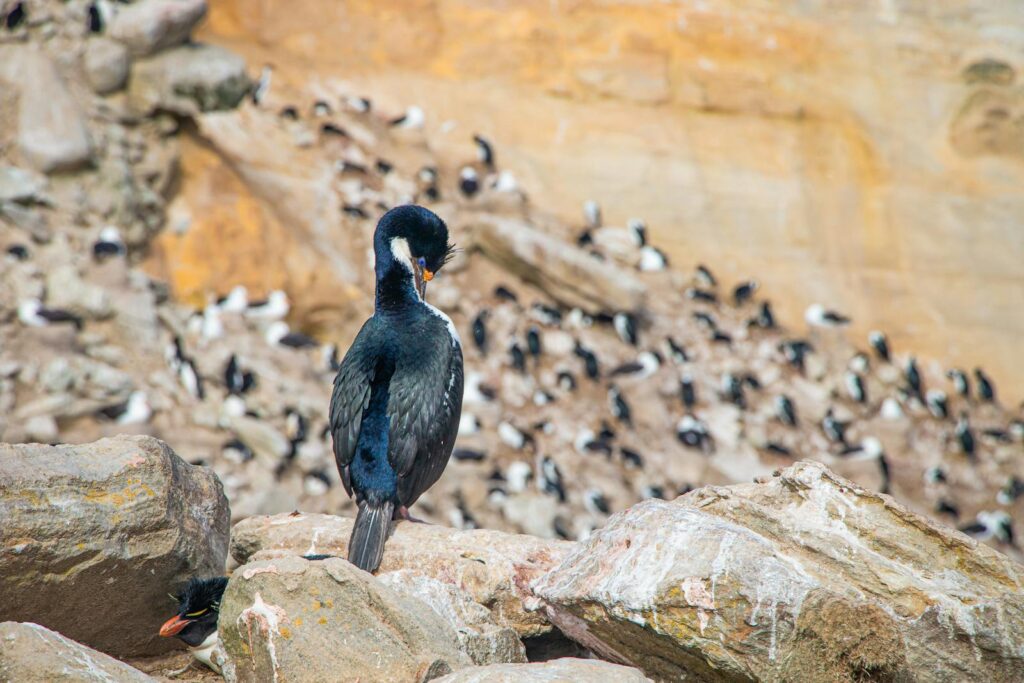
The numbers paint a grim picture of the crisis facing island avifauna worldwide. According to research published in the journal Science Advances, island bird species are disappearing at rates 40 times higher than those of continental birds. Of the approximately 1,200 bird species that have gone extinct in the past few centuries, over 90% were island-dwelling species. The International Union for Conservation of Nature (IUCN) currently lists more than 25% of all island bird species as threatened with extinction, compared to roughly 13% of mainland species. Perhaps most concerning is the acceleration of this trend – a 2019 study revealed that extinction rates for island birds have increased by 187% in the past decade alone, suggesting that conservation efforts are failing to address the underlying causes of population collapse.
Habitat Destruction: Clearing Paradise
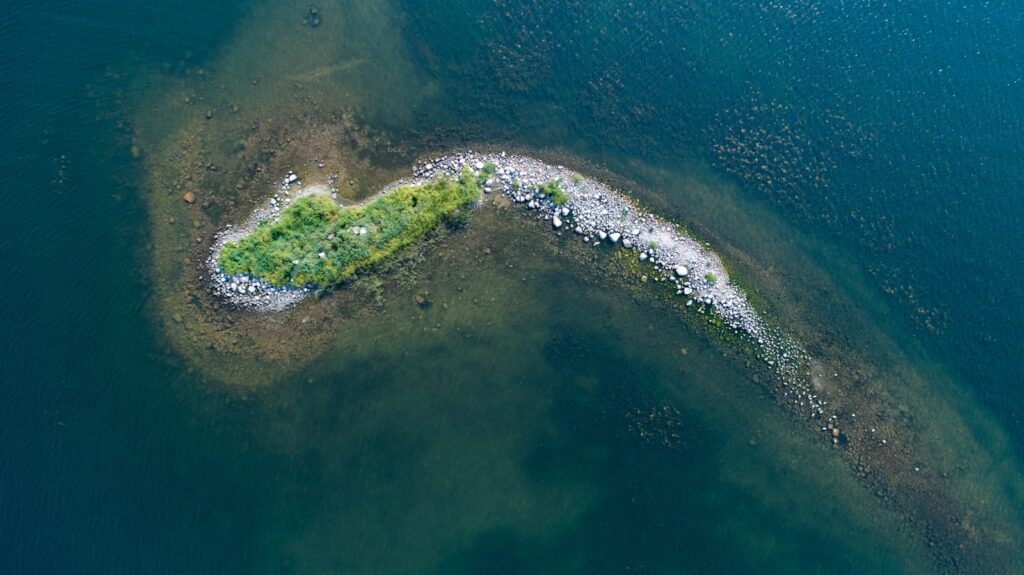
The transformation of island habitats represents one of the most significant threats to endemic bird populations worldwide. As human populations expand on islands, forests are cleared for agriculture, housing developments, and tourism infrastructure, directly eliminating crucial nesting and foraging grounds. In Hawaii alone, over 50% of native forest cover has been lost since human settlement, contributing to the extinction or endangerment of nearly 70% of the islands’ native bird species. The fragmentation of remaining habitats creates isolated “islands within islands,” where small bird populations become genetically isolated and vulnerable to local extinction events. Additionally, the destruction of specialized microhabitats – such as particular elevational zones or vegetation types – can eliminate crucial resources for highly specialized species even when some general forest cover remains.
Invasive Predators: The Newcomer Threat
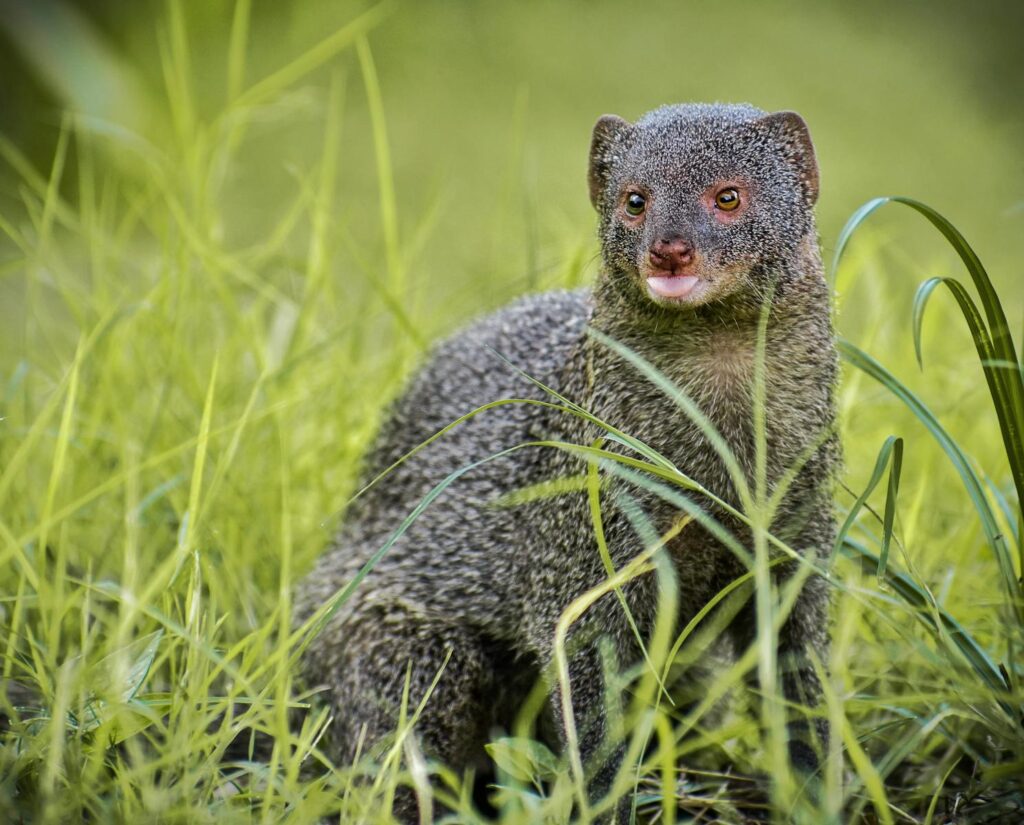
The introduction of non-native predators has devastated island bird populations that evolved without effective anti-predator defenses. Rats, cats, snakes, and mongooses have been particularly destructive when introduced to previously predator-free island ecosystems. On Guam, the accidental introduction of the brown tree snake led to the extinction of 12 of the island’s 14 native forest bird species in just three decades. Feral cats alone are estimated to kill over 2.4 billion birds annually worldwide, with island birds suffering disproportionately due to their lack of evolved defenses. Even seemingly harmless introductions can have catastrophic effects – the introduced small Indian mongoose, brought to islands like Hawaii and Jamaica to control rats, instead preferentially preys on ground-nesting birds and has contributed to multiple extinctions. Many island birds continue nesting on the ground or in easily accessible sites, making them particularly vulnerable to these novel predators.
Invasive Plants and Ecosystem Transformation
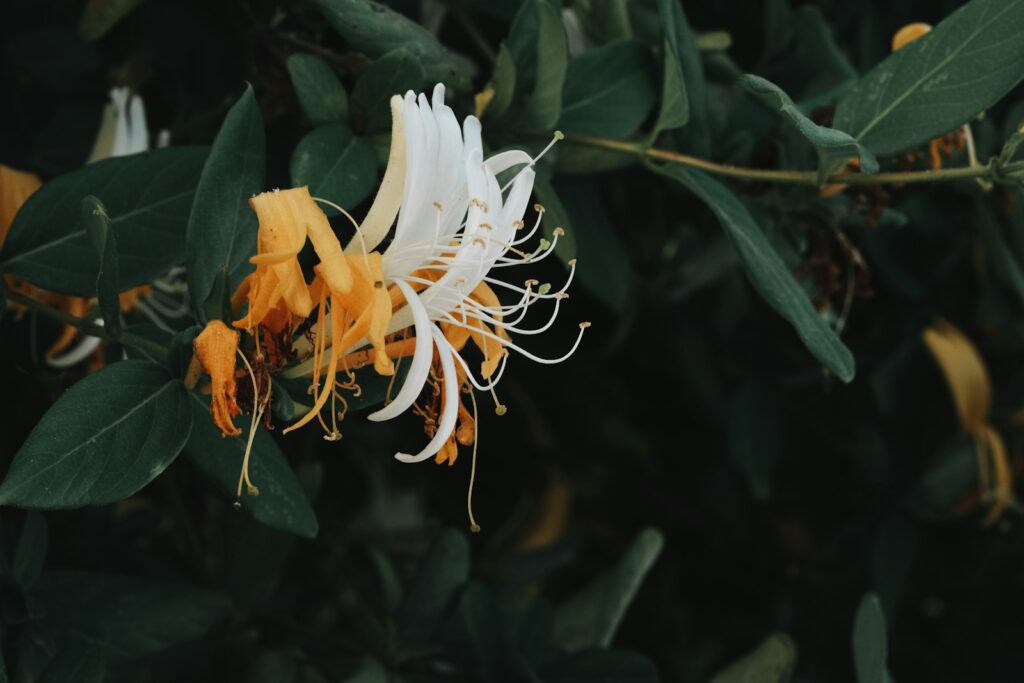
The invasion of non-native plant species has fundamentally altered many island ecosystems, often with devastating consequences for specialized bird species. Aggressive introduced plants outcompete native vegetation, eliminating food sources, nesting sites, and shelter that endemic birds rely upon. In New Zealand, invasive plants like old man’s beard and Japanese honeysuckle smother native trees, reducing habitat for species like the endangered kōkako. The structural changes that invasive plants bring to island forests often eliminate the specific microhabitats that specialized birds require – from alterations in canopy structure to changes in the understory density. Additionally, many island birds have co-evolved with specific native plants for food resources, and when these plants are displaced, birds may face nutritional challenges even when surrogate plants are present.
Disease: New Pathogens in Vulnerable Populations
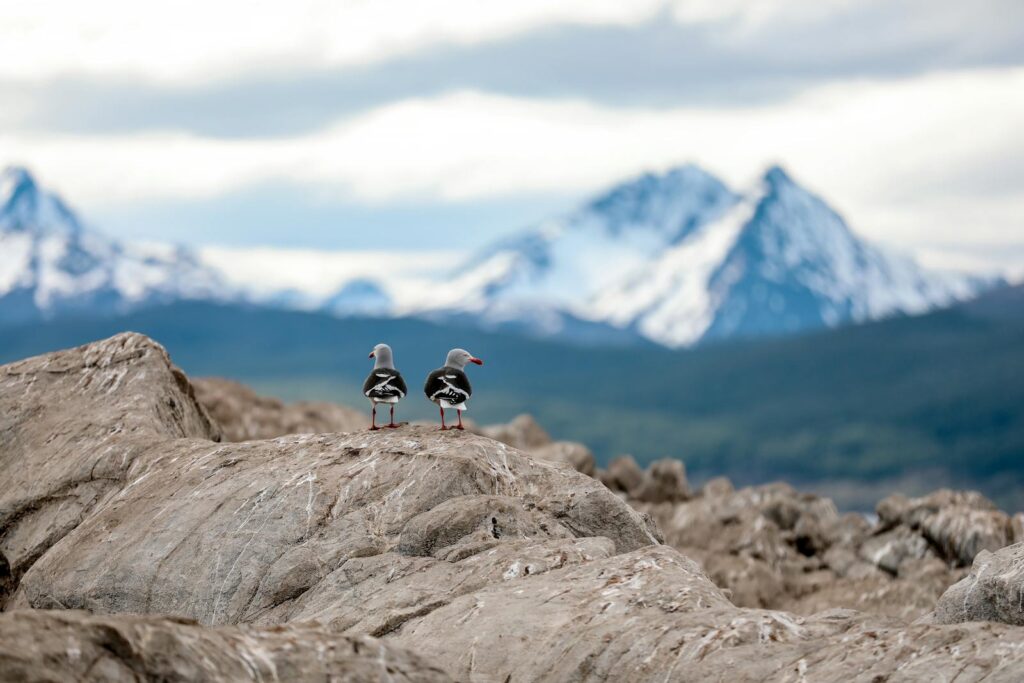
Introduced diseases have wreaked havoc on island bird populations that lack evolutionary exposure and resistance to these pathogens. The devastating impact of avian malaria on Hawaiian honeycreepers represents one of the most dramatic examples of this threat, with more than half of the original 55 honeycreeper species now extinct due largely to this introduced disease. Mosquitoes, which were not present on many islands until human introduction, serve as vectors for these deadly pathogens, expanding their range into previously safe highland areas as climate change increases temperatures at higher elevations. Island birds typically have less genetic diversity and immune adaptability than continental species, making disease impacts particularly severe. The rapid spread of emerging diseases like avian influenza poses new and potentially catastrophic threats to already vulnerable island bird populations worldwide.
Climate Change: Rising Seas and Changing Conditions
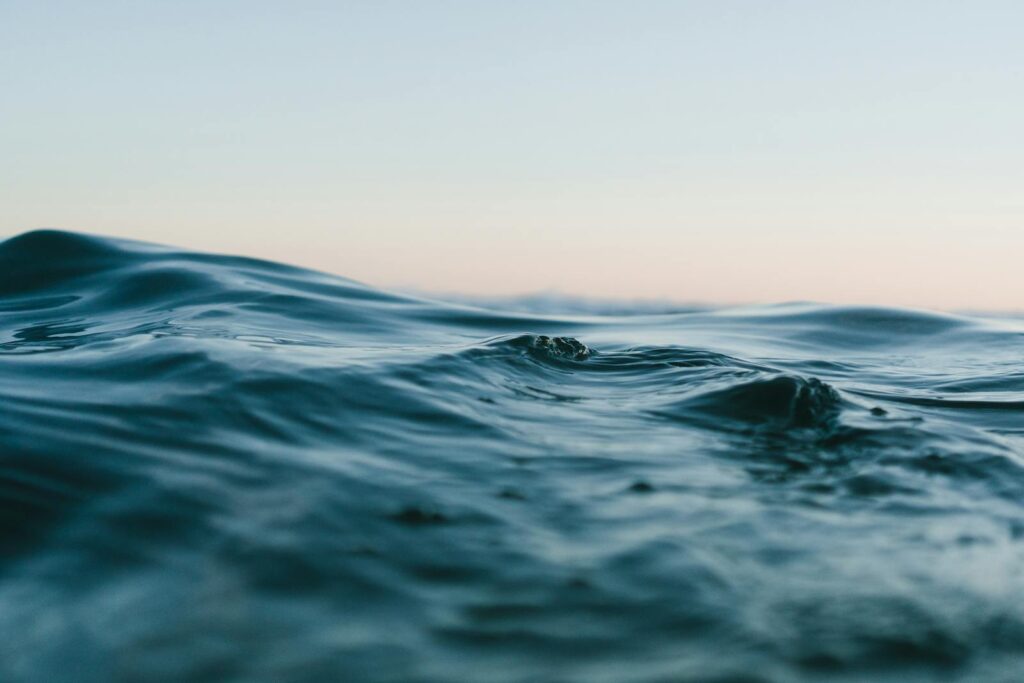
Climate change presents an existential threat to island birds through multiple mechanisms, with sea level rise being perhaps the most direct. Low-lying island nations and atolls are already experiencing habitat loss due to rising seas, with some projections suggesting that entire island nations may become uninhabitable within decades. Rising temperatures are disrupting critical timing relationships between bird breeding cycles and food availability, causing breeding failures in species from the Galápagos to the Seychelles. More frequent and intense storms, another consequence of climate change, can devastate island bird populations through direct mortality and destruction of habitat, as witnessed when Hurricane Maria decimated populations of the endangered Puerto Rican parrot in 2017. For island species with nowhere to retreat as conditions change, climate impacts can quickly become extinction sentences.
The Hawaiian Avifauna Crisis
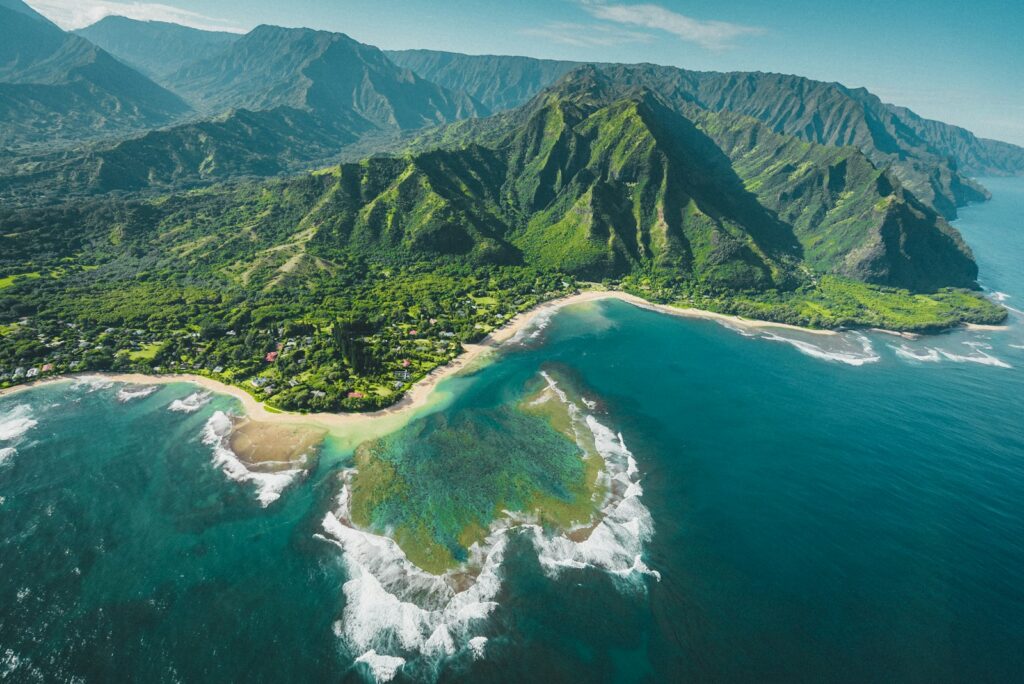
The Hawaiian Islands represent perhaps the most dramatic example of island bird extinction crisis anywhere in the world. Of the approximately 55 known species of Hawaiian honeycreepers that existed before human contact, at least 33 are now extinct, with most of the remaining species endangered or critically endangered. The combination of habitat loss, introduced predators, avian malaria, and competition from introduced birds has created a perfect storm of extinction pressure. Iconic species like the ‘ō’ō and mamo have been lost entirely, while others like the ‘akikiki and ‘akeke’e have declined to fewer than 1,000 individuals. Conservation efforts, including predator-free exclosures and captive breeding programs, struggle to counter the multiple threats facing the remaining species. The Hawaiian crisis serves as a sobering warning about the vulnerability of island avifauna worldwide.
New Zealand’s Bird Conservation Challenges
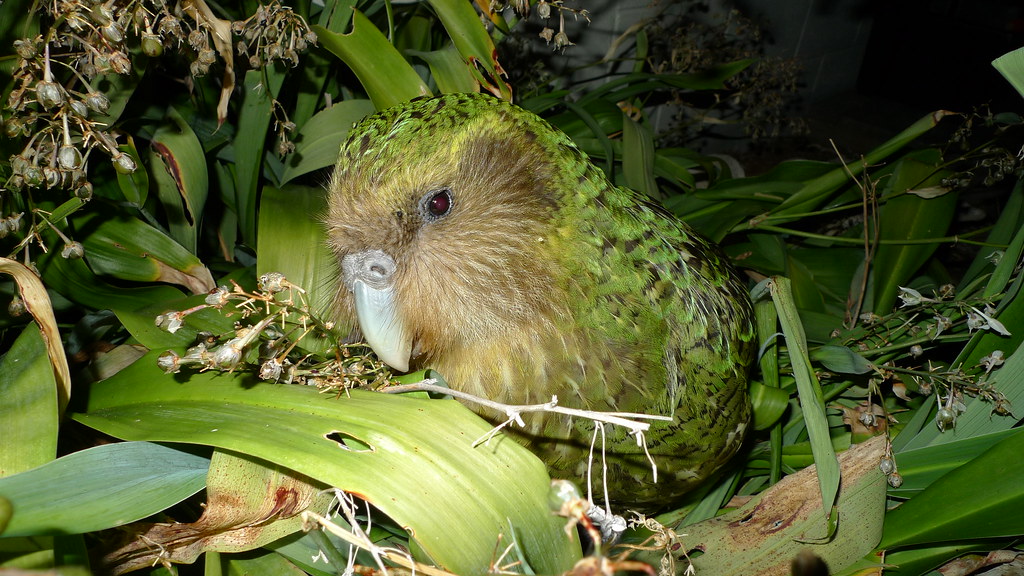
New Zealand’s unique evolutionary history as a land without native mammalian predators produced an extraordinary avifauna ill-prepared for introduced threats. Since human settlement, approximately 40% of New Zealand’s endemic land birds have gone extinct, including iconic species like the moa and huia. Current conservation efforts focus on predator control and creating predator-free sanctuaries, with ambitious national goals to eliminate introduced rats, stoats, and possums entirely from the country by 2050. Species like the kākāpō, the world’s heaviest parrot, have been brought back from the brink of extinction through intensive management but remain critically endangered with fewer than 250 individuals. New Zealand’s experience demonstrates both the extreme vulnerability of island birds and the possibility of recovery through dedicated, science-based conservation interventions, though at considerable ongoing cost and effort.
The Caribbean’s Disappearing Avifauna
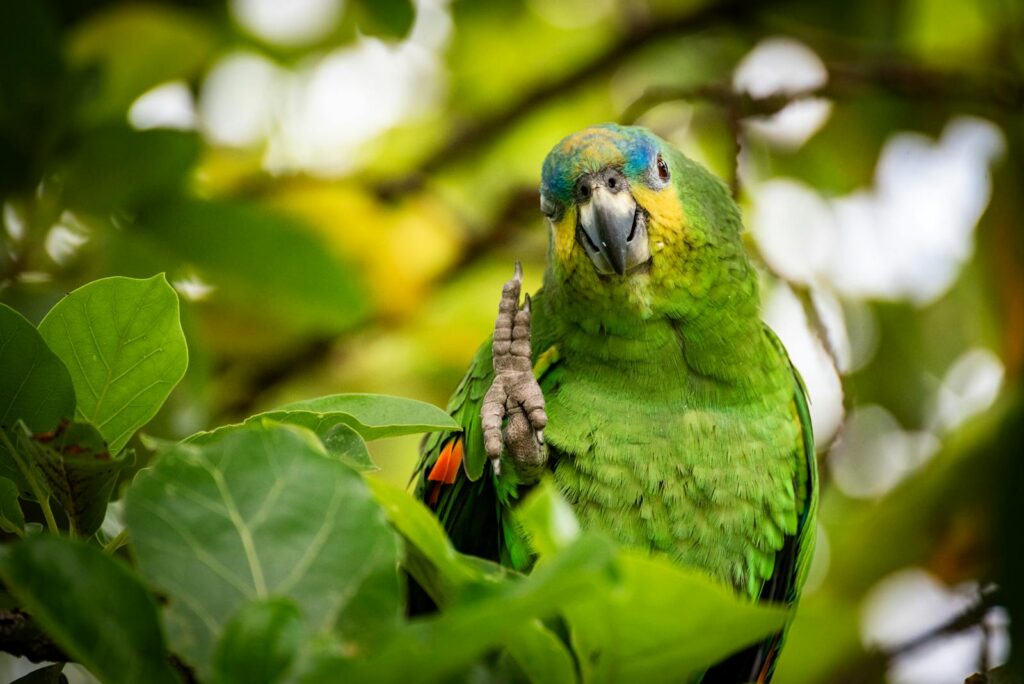
The Caribbean islands, with their remarkable diversity of habitats from mountaintop cloud forests to coastal mangroves, have lost a disproportionate number of their native bird species. Historical extinctions include the Cuban macaw and the Saint Kitts bullfinch, while contemporary threats endanger species like the critically endangered Bahama nuthatch, which may already be extinct following Hurricane Dorian in 2019. Habitat fragmentation due to tourism development and agriculture has severely impacted many species, while introduced predators continue to take a heavy toll. The Puerto Rican parrot, once abundant across the island, declined to just 13 individuals in the wild by 1975 and still faces an uncertain future despite intensive recovery efforts. The region’s vulnerability to increasingly powerful hurricanes adds another layer of risk to already precarious bird populations throughout the Caribbean.
Conservation Success Stories and Hope
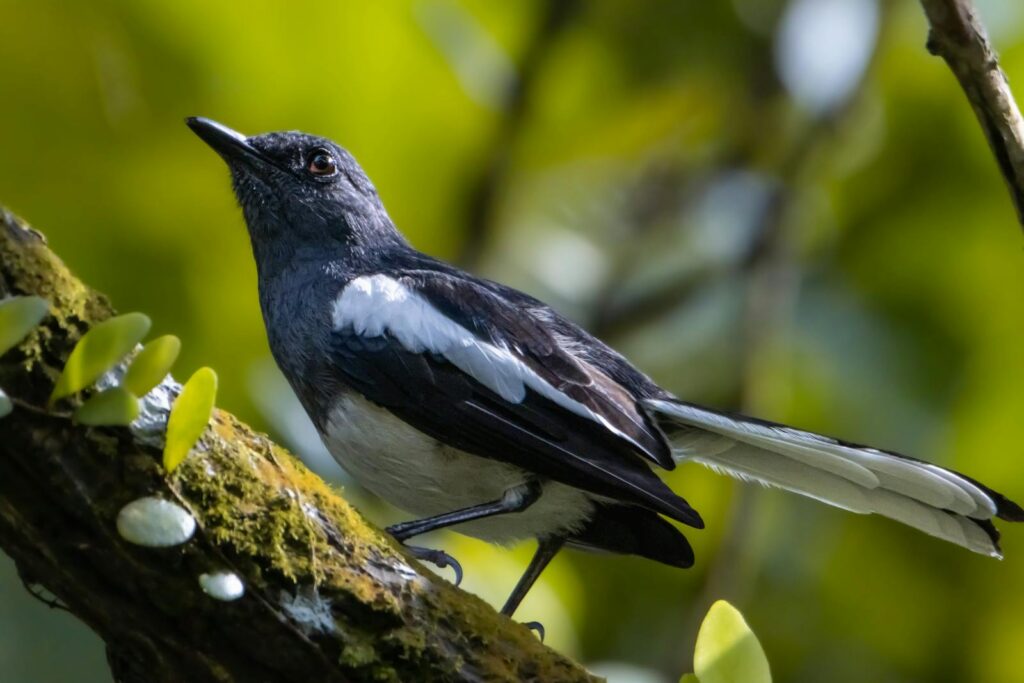
Despite the overwhelming challenges, there have been remarkable conservation successes that demonstrate island birds can be saved with dedicated effort and resources. The Seychelles magpie-robin, once down to just 12 individuals, now numbers over 400 following intensive management on predator-free islands. New Zealand’s black robin recovered from a population of just five birds, including a single breeding female nicknamed “Old Blue,” to over 250 individuals today through careful breeding interventions. The Bermuda petrel, or cahow, thought extinct for 330 years before rediscovery, has increased from 18 pairs in the 1960s to over 140 breeding pairs today thanks to habitat restoration and artificial nest construction. These success stories share common elements: elimination of key threats, protection of critical habitat, and often intensive hands-on management of individual birds and nests.
The Ecological Consequences of Island Bird Loss
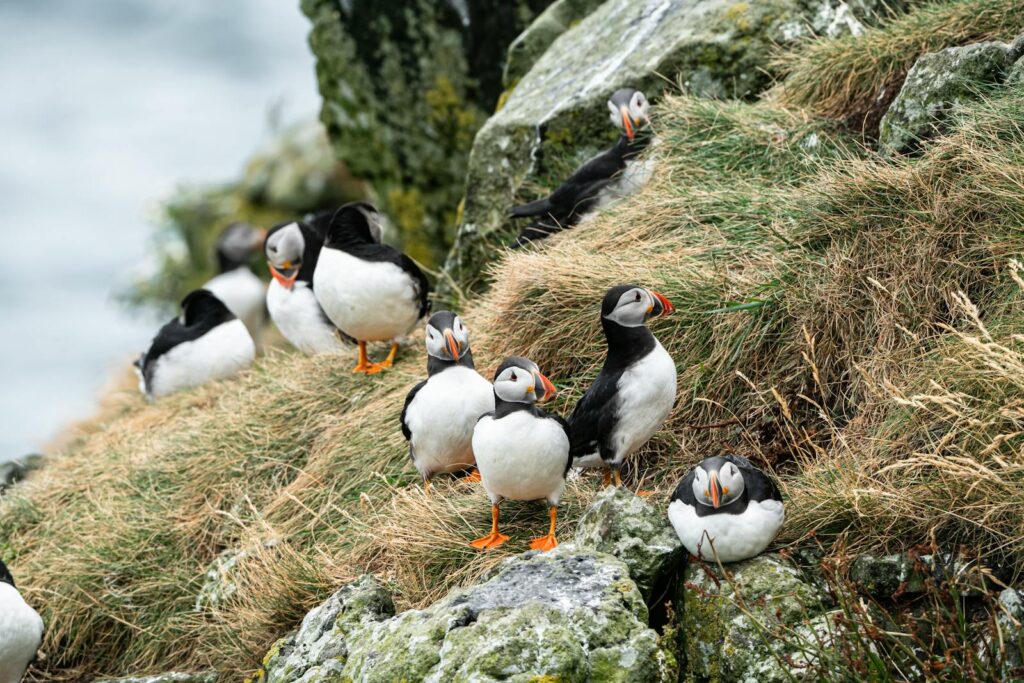
The disappearance of island birds reverberates through entire ecosystems in ways that scientists are still working to fully understand. Many island birds serve as critical pollinators for native plants, with some plant species entirely dependent on specific bird species for reproduction. The loss of fruit-eating birds disrupts seed dispersal networks, potentially leading to failures in forest regeneration and changes in forest composition over time. Insectivorous birds provide natural pest control, and their loss can lead to insect population explosions with cascading effects throughout island food webs. Perhaps most concerning is the potential for extinction cascades, where the loss of one species triggers a chain reaction of additional extinctions through disruption of ecological relationships. These ecosystem-level impacts extend the consequences of bird extinctions far beyond the loss of individual species, potentially undermining the stability and resilience of entire island ecosystems.
Taking Action: What Can Be Done?
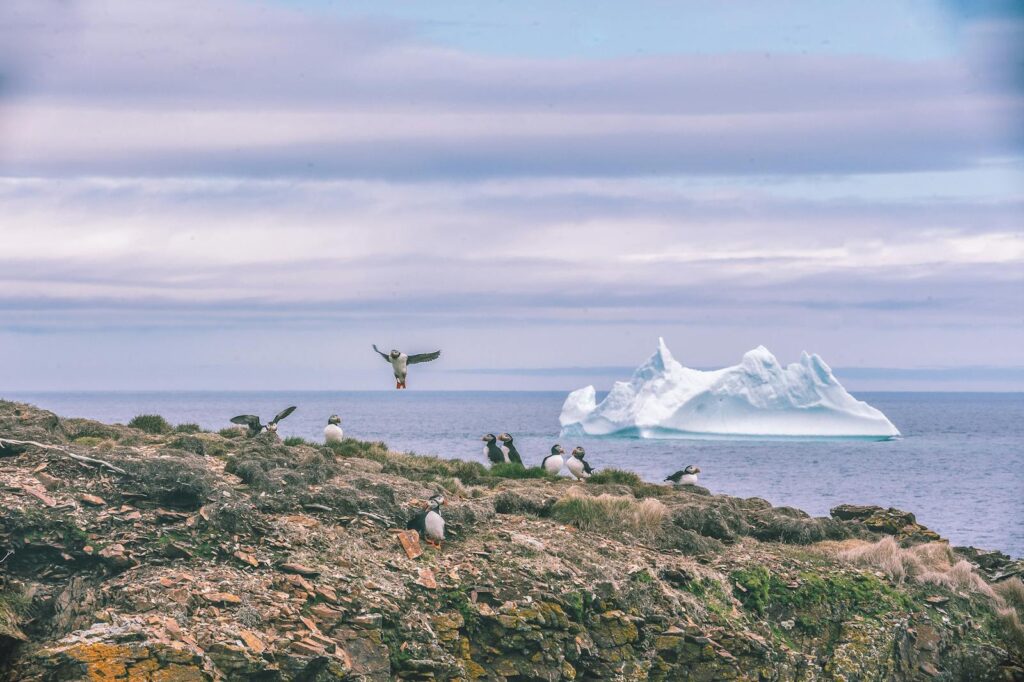
Reversing the crisis facing island birds requires coordinated action at multiple levels, from local communities to international policy. Habitat protection and restoration remain fundamental, with particular focus needed on creating and maintaining predator-free refuges where vulnerable species can recover. Invasive species control and eradication programs have proven effective on smaller islands and must be scaled up with new technologies to address larger islands. Climate change mitigation is essential for the long-term survival of island ecosystems, while adaptation strategies like assisted migration may become necessary for species with nowhere else to go. Public education and engagement are critical for building political will and community support for conservation actions. Ultimately, saving island birds will require unprecedented collaboration between governments, conservation organizations, scientists, and local communities, with substantial and sustained financial investment.
The plight of island birds represents one of the most urgent yet underappreciated biodiversity crises of our time. These unique species, having evolved remarkable adaptations to their isolated homes, now face a perfect storm of human-caused threats that have already driven hundreds to extinction. Yet the conservation success stories demonstrate that extinction is not inevitable when we apply scientific knowledge, adequate resources, and political will. As we work to address climate change, habitat loss, and invasive species, the fate of island birds stands as both a warning about the fragility of our natural world and a test of our commitment to preserving Earth’s biological heritage. The window for action is narrowing, but with immediate and coordinated efforts, we can ensure these evolutionary marvels continue to grace our planet’s most special places.
